by Helen Homan Wu
on May 24th, 2010
Marina Abramović: The Artist is Present is still going on face-to-face challenging herself and the audience in this intense performance. I still have not made it to the MoMA yet, but was so inspired and touched by these beautiful portraits of individuals who were all “present” with Marina that I wanted to share some of them here with our readers.
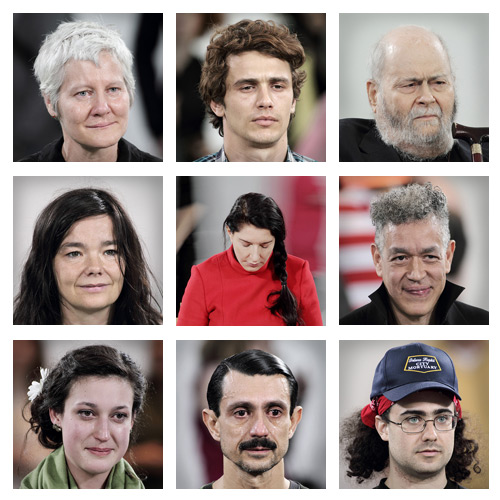

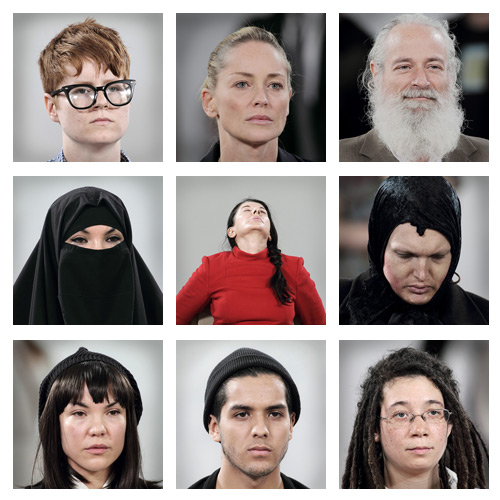

(photos by Marco Anelli)
Here is a comment by one sitter Paco Blancas, who went back to sit for more than 10 times.
I think Marina’s piece has a very strong magnetism. It’s hard to explain but it’s almost like you feel this force, it draws you in, like a magnet. Sitting with her is a transforming experience—it’s luminous, it’s uplifting, it has many layers, but it always comes back to being present, breathing, maintaining eye contact. It’s an amazing journey to be able to experience and participate in the piece.
Also, I love meeting people in line. I’ve met a lot of people and have made a lot of new friends, many of them artists, but really all sorts of people. I keep in touch with them and we e-mail constantly to talk about our experiences. It’s like a little community of people who come to participate in the piece.
(excerpt from P.S.1/MoMA’s Inside/Out)
Comments closed
by Helen Homan Wu
on May 13th, 2010
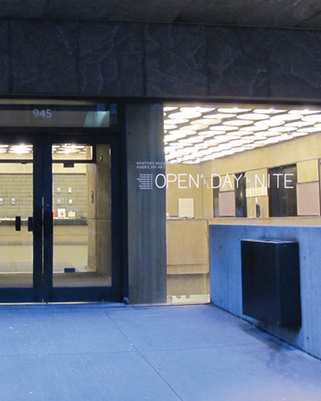
(image courtesy the Whitney Museum)
If you haven’t already seen the 2010 Whitney Biennial, now is your chance. The Whitney has announced that it will remain open for 24 hours from May 26, 12am Wed. night to May 28, 11:59pm Fri. “Open All Day and Night” was conceived by American conceptual artist Michael Asher as a part of this year’s Biennial. Perhaps it is meant to act as a closing ceremony for the show, which I think the Whitney deserves a respectable applause for granting this to come through. How many reputable cultural institutions would allow this type of conceptual work to happen? Granted that this is such a rare happening, I will definitely join the night owls and become a part of the piece. And cheers to Mr. Asher!
Comments closed
by Helen Homan Wu
on February 28th, 2010
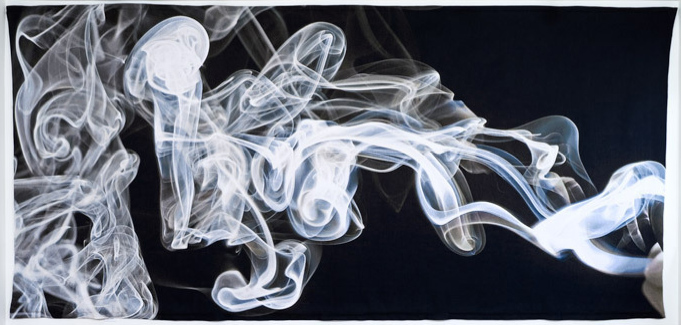
image: courtesy Whitney Museum of American Art
If you’ve never seen Pae White’s work, this would be a good excuse to go see the 2010 Whitney Biennial. Being an admirer of Ms. White’s work, which has narrative qualities combined with designer’s aesthetics, I was not disappointed at her chosen piece for the Biennial.
When the elevator doors opened to a huge Pae White tapestry on the third floor of the Whitney I was mesmerized. This is my first Whitney Biennial experience, I have to admit, even though I’ve been in New York most of my life. But 2010 is starting out good, as the optimistic buzz has been going around in the art world.
The huge tapestry shows a cloud of smoke, in its pure form, blown up to a dramatic proportion, revealing subtle changes in light, shadow, form containing air, and all the connotations behind it. I give respect to the curators who decided to put this piece as a greeting to an amazing show. If time allows, I’d write a broader description about the entire Biennial but I’d rather focus on one good piece: Pae White’s Smoke Knows. At first glance, you might think that it’s a painting, but stepping closer, or for those who knows Ms. White’s work, you’ll know that it’s a more complicated process. As a huge hanging tapestry, it’s quite complicated to produce. Is there another artist out there that uses this traditional method of tapestry professionally in their work? I can only think of the stuff hanging in the Met or the Cloisters dating back to the Medieval days.
The photographic image of smoke can suggest many things, but to the modern eye it becomes an illusion, both sexy and dreamy. White describes it as the “‘dream of becoming something other than itself’ by contrasting an image of something immaterial with the physicality of fabric”. Isn’t that the goal of being an artist? To become something other than themselves… As I walk past White’s smoky image into the other works, I instantly have to shift into numerous other little worlds. Although I have to say, the third floor is my favorite, I didn’t find any other pieces as strong as Pae White’s. She is brilliant in her choice of method, subject, simplicity, and finally in scale.
The Whitney Biennial runs from Feb. 25 to May 30.
Comments closed
by Helen Homan Wu
on February 12th, 2010
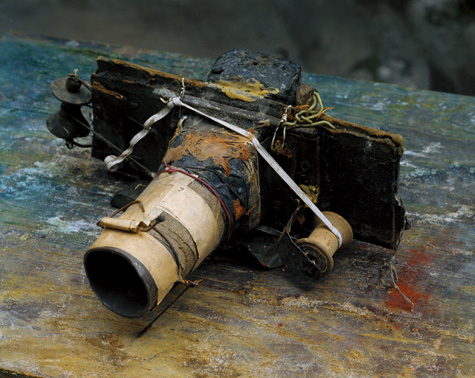
(above: courtesy ICP)
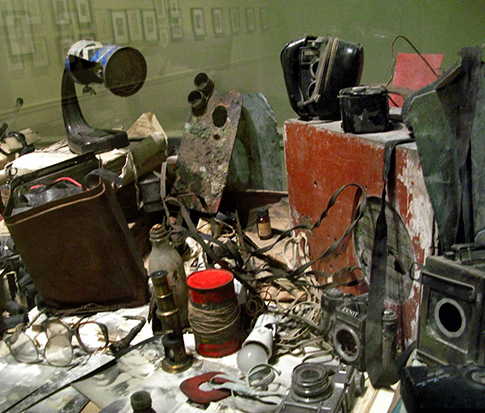
It’s been awhile since I’ve been to the ICP, but what attracted me to visit was this camera made completely out of cardboard and held together with household items. It is the work of the Czech photographer Miroslav Tichý in his debut show in America. Although I was not familiar with his name, his body of work – mostly black and white silver gelatin prints – filled up the entire ground floor of the museum. Where did this artist just pop up from? It almost seemed like someone had dug it up from somewhere. Most of the prints are in poor condition, over or under-exposed, and spotty. As I went deeper into the exhibition I’m starting to understand the artist more. He obsessively photographs women, usually of their behinds, while probably following his subjects from what the viewer can see. But what amazed me is that the cameras he used were all self-made, because he was poor and for aesthetics reasons.
Nowadays all our devices are tuned to be crisp and seamless without room for mistakes. After seeing the non-chalance in Tichy’s work, so intimate and personal, I start to appreciate all the uncalculated mistakes. They become almost poetic and dreamlike. Behind the glass showcases you can see the evidence of all the gadgets of his time that suggests his experimentations. This is where you can get lots of ideas for homemade image-capturing devices. I wonder if he took it to the next level and made moving images out of a cardboard box.
Comments closed
by Gabriella Radujko
on February 10th, 2010

The Art Book Swap New York at MoMA blended noble intentions with fun and ingenuity.
NADA and Regency Arts Press, Ltd. sponsored the event on Saturday, February 6, 2010, from noon-5pm. What’s this all about and how is it done, you ask? Keyword answers are free books, simply, and effortlessly…bring your art books and swap them for the same number of art books donated by others. “Others” included New York City art galleries, the MOMA book store, plus folks who attended the event and donated books from their personal libraries.
“…remaining books are donated to prison libraries…”
Perhaps a few examples of titles that one of our contributors from Artcards.cc swapped would illustrate why this was such a worthwhile event:
George Condo: Existential Portraits
Adam Fuss: Photograms of Life and Death
Rudolph Burckhardt: An Afternoon in Astoria
Amy Cutler: Paintings and Drawings
Artists’ Sketchbooks: 1st exhibition catalog for Matthew Marks’ new gallery (1991)
Lighthouse Series I-XIV by Helen Frankenthaler
Excellent titles, yes, but more importantly, the event promoted the discovery of titles and/or artists that you might not have previously had an inclination to learn more about. Discovery, yes, that is why this art book swap was so engaging.
Do not miss the next event! It will take place in another U.S. city yet to be determined. See www.regencyartspress.org for more information. Many thanks to the MOMA staff for their help and enthusiasm!
Comments closed










 RSS
RSS
